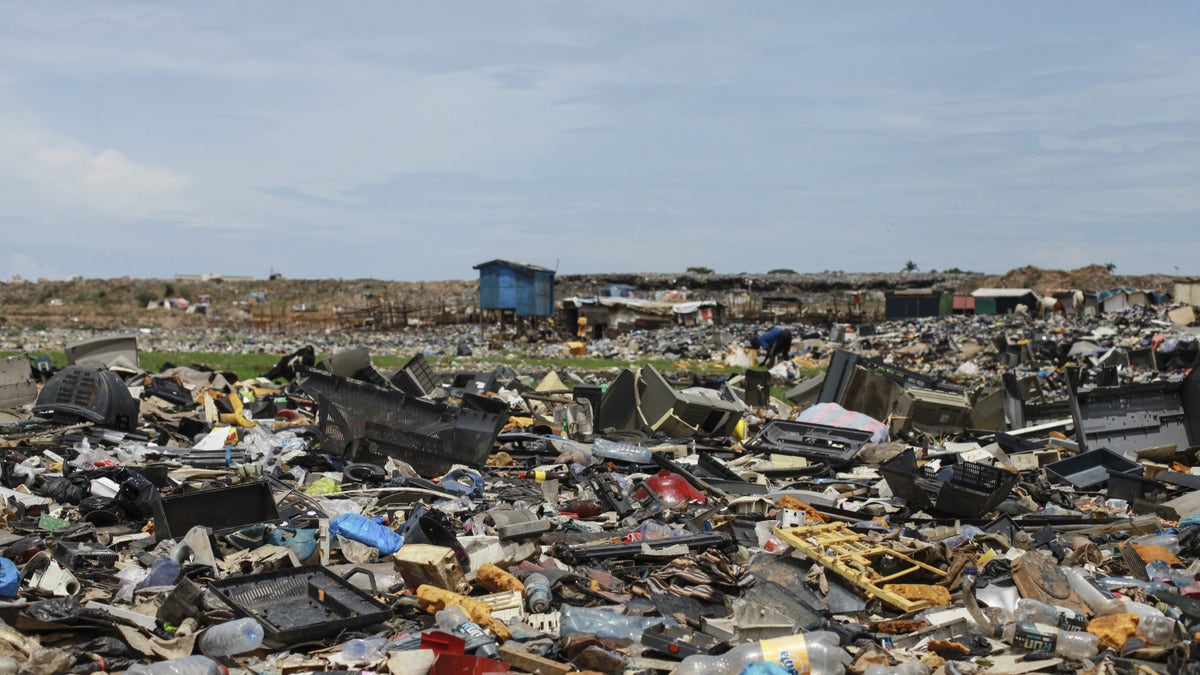Fox News Flash top headlines for July 2
Fox News Flash top headlines are here. Check out what's clicking on Foxnews.com.
Humans generated a staggering amount of electronic waste in 2019 -- 53.6 million metric tons, which is a 21 percent increase from 2014.
A new international report reveals that only 17 percent of the waste was actually recycled, with the rest ending up in landfills, incinerated or simply unaccounted for. Small electronics, such as toasters, electric shavers and toys, make up 32 percent of 2019's e-waste.
“We are at the start of a kind of explosion due to increased electrification we see everywhere,” Ruediger Kuehr, one of the authors of the report and director of the Sustainable Cycles Programme at the United Nations University, told The Verge.
“It starts with toys, if you look at what is happening around Christmas, everything comes with a battery or plug. And it goes on with the mobile phones, with TV sets, and computers,” he says.
MIT PULLS MASSIVE AI DATASET OVER RACIST, MISOGYNISTIC CONTENT

A view of the largest electronic scrap yard of Africa in Agbogbloshie, a district of Ghana's capital Accra on May 23, 2019. Electronic waste at Agbogbloshie release heavy acidic smokes threatening the health of locals living around. (Photo by Christian Thompson/Anadolu Agency/Getty Images)
HIGH-TECH GLOVE CAN TRANSLATE SIGN LANGUAGE WITH 99 PERCENT ACCURACY
After small electronics, kitchen appliances and copy machines made up the next largest chunk of the total at 24 percent.
Growth in e-waste is expected to continue unabated, in particular in countries that have growing middle classes, experts believe.
“If you look at the very extreme low percentage of recycled e-waste, it is a sign that although these policies and legislation are in place, it doesn’t do so much,” Mijke Hertoghs, head of the environment & emergency telecommunications division at the International Telecommunication Union, told The Verge.

